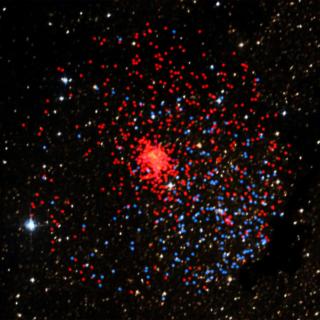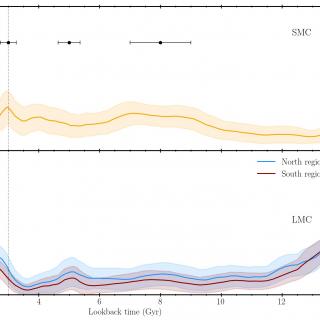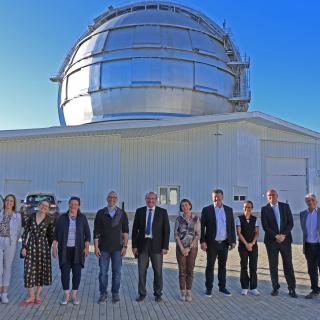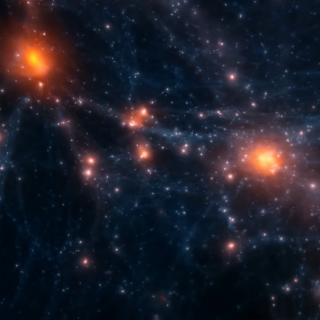
Every year the L’Oréal Foundation and Unesco recognize five importan women scientists from the five continents. This year, for its 25th edition, the International Prize for Rising Talents has been awarded, in Europe, to Beatriz Villarroel, a researcher at the Nordic Institute for Theoretical Physics (NORDITA, a joint institute of the University of Stockholm and the KTH Royal Institute of Technology) and at the Instituto de Astrofísica de Canarias (IAC) for the project Vanishing & Appearing Sources during a Century of Observations (VASCO) which tries to identify astronomical objects which
Advertised on




